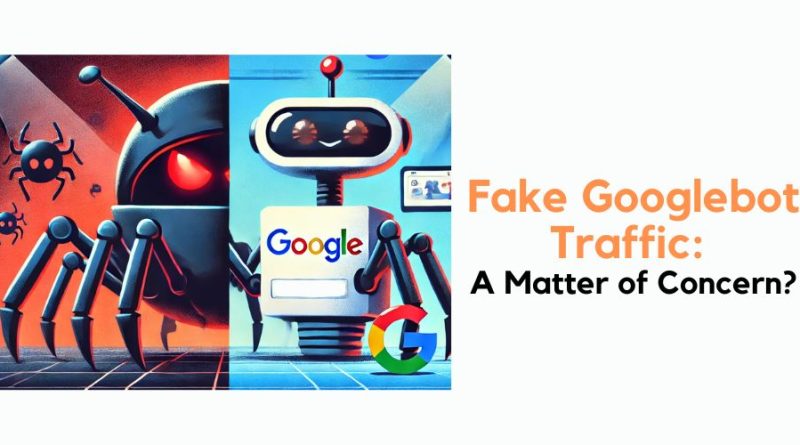Fake Googlebot Traffic: A Matter of Concern?
Many businesses and website owners get excited on observing heavy traffic on their online portals on some random day. But what they miss out on is checking the source of incoming traffic.
The idea behind writing this blog is to inform you about the fake traffic that excites you but is of no use. Instead, a matter of concern.
Some people confuse fake crawlers with referral sites. This is not true, fake crawlers are automated scripts or bots that impersonate Googlebot and visit your website to generate fake traffic, bypass security, scrape website content, or look for security weakness spots. These bots use similar user-agent strings in their requests like Googlebot. They are not associated with Google but use third-party sources to make their way to your website.
Why Should You Care?
As said, they can find weak spots in your security system and try to access your site. Secondly, they can overload your server and increase loading time. Also, you can get confused and accept the misleading data shown in your analytics.
How to Know if it is a Fake Crawler or Real GoogleBot?
Real Google bots follow a regular pattern, i.e., they often visit your website at regular intervals. Fake bots, on the other hand, are inconsistent and have the ability to flood your portal with several requests in less time. Another point of difference is fake crawlers use third-party sources or malicious actors. Googlebot, on the other hand, originates from Google’s official IP range.
Some quick methods to track and distinguish Fake and Real Crawlers:
Make Use of URL Inspection Tool in Search Console
Simply log in your Google Search Console and select your property. Submit your URL in the search bar at the top to get information on their indexing status, crawl errors, and rendered page.
If a Googlebot can access and render the page correctly, it is clear that your page is accessible to legitimate crawlers.
Rich Results Test
Another test that can help clarify how Googlebot processes and renders your page information. Visit the Rich Results page or click https://search.google.com/test/rich-results
Now, you can either submit your page URL or enter the code to analyze the page and collect information. The tool will provide information on types of rich results and warnings/errors with the structured data.
Let me make it easier for you to understand. If your page includes structured data for a product, the Rich Results Test will show if Google can generate a product-rich snippet. This confirms that your structured data is properly implemented and recognized by Google.
Crawl Stats Report (Search Console)
Businesses can track Googlebot’s crawling activity with the Crawl Stats Report in Google Search Console. To access it, go to your property in Search Console> Settings > Crawl Stats Report.
The report will provide a quick update on total crawl requests made by Googlebot over a period, host status, crawled file types, time of requests, and crawled response codes.
With these insights, you can identify patterns in legitimate Googlebot behavior.
To fully protect against fake Googlebots, continue reading.
